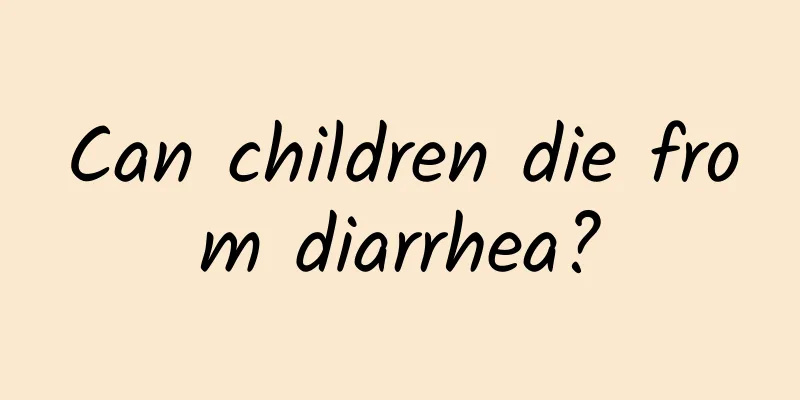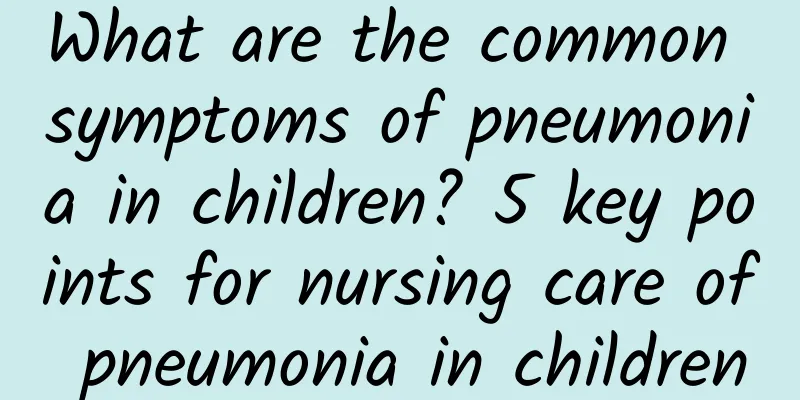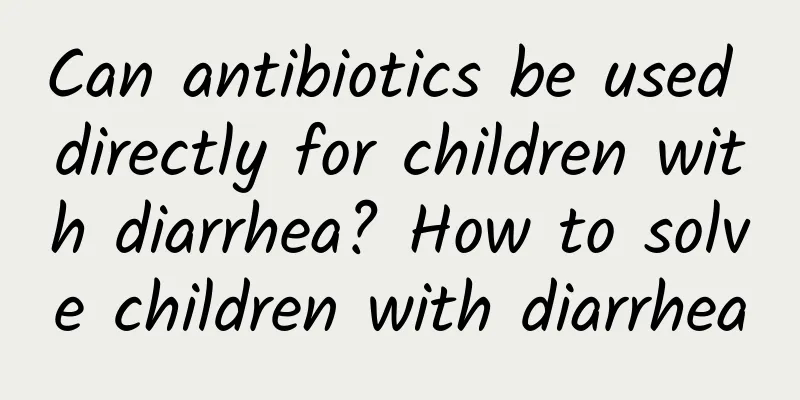Can children die from diarrhea?

|
Diarrhea is a common disease in children. According to the length of the course of the disease, it can be divided into: acute diarrhea, which lasts for less than 2 weeks; chronic diarrhea, which lasts for more than 2 months; and protracted diarrhea, which lasts between the above two. Whether it is acute diarrhea or chronic diarrhea, if it is not treated properly, it will cause a variety of complications and even threaten the life of the child, so it should be taken seriously. 1. Dehydration and electrolyte imbalance: When having diarrhea, the body not only cannot effectively absorb water and electrolytes from food, but also further loses them in the form of intestinal fluid. Therefore, when having diarrhea, if water and electrolytes cannot be replenished in time and effectively, dehydration and electrolyte imbalance will occur to varying degrees. Among them, electrolyte imbalance includes low sodium, low potassium, low calcium and low magnesium, which are not only not conducive to the recovery of the disease, but also bring unnecessary pain to the child. For example, low potassium can cause stubborn abdominal distension, and low calcium can cause hand and foot cramps or convulsions. 2. Viral myocarditis: It occurs after diarrhea caused by enterovirus infection. Diarrhea further reduces the child's resistance, and the virus can invade the heart and cause viral myocarditis. Children with this disease will have symptoms such as chest tightness, chest pain, palpitations, dizziness, and fatigue. Severe arrhythmias can lead to heart failure, cardiogenic shock, and even life-threatening. 3. Intussusception: One of the common acute abdominal diseases in children, it is more common in infants aged 4 to 10 months. The incidence rate gradually decreases with the increase of age. The vast majority of infant intussusception is primary, and only 2% to 8% of cases are secondary. As the intestinal peristalsis loses its normal rhythm, the intestinal circular muscle undergoes continuous local spasm, and the proximal intestine peristsal violently, pushing the spasmodic intestinal segment into the distal intestinal cavity. Diarrhea and the accompanying viral infection are the main causes of intussusception, which should be vigilant. 4. Malnutrition: It often occurs after prolonged diarrhea or chronic diarrhea. Malnutrition will further reduce the child's resistance and easily lead to various infections, such as thrush, bronchial pneumonia, tuberculosis, otitis media, urinary tract infection, etc. Moreover, prolonged diarrhea will aggravate malnutrition, creating a vicious cycle. |
<<: How to easily prevent diarrhea in children
>>: Diagnosis of diarrhea in children
Recommend
How does neonatal jaundice recur?
The main causes of recurrent neonatal jaundice in...
What are the symptoms of convulsions in children?
There are many symptoms of pediatric convulsions,...
What are the symptoms of pneumonia in children? Two symptoms are most common in children
1. Fever The most common symptom of pneumonia in ...
What should children eat when they have a cough? How to treat children's cough?
How to help children recover as quickly as possib...
What are the early prevention methods for polio?
Polio is an acute and very dangerous infectious d...
What are the treatments for mumps?
Mumps patients will have many symptoms, and the n...
What causes kidney yin deficiency? What are the symptoms of kidney yin deficiency?
Kidney Yin deficiency is a term in traditional Ch...
Characteristics of kidney disease in children
Nowadays, many patients with kidney disease are c...
What to do if your child is malnourished? Treatment of malnutrition in children
Malnutrition is usually caused by insufficient pr...
Can children supplement calcium in summer? What should children pay attention to when supplementing calcium in summer?
Children can take calcium supplements in the summ...
Can a person with polio get married?
Poliomyelitis, also known as poliomyelitis, is ca...
I have had intermittent abdominal cramps and diarrhea for a month. Is this normal?
Intermittent abdominal cramps and diarrhea for a ...
Prevention of diarrhea in children in spring
In our daily life, we often encounter children su...
Is Kawasaki disease in children serious? Can it be cured?
Although Kawasaki disease in children may sound s...
What medicine is good for children with cold and cough
What medicine is good for children's cold and...









